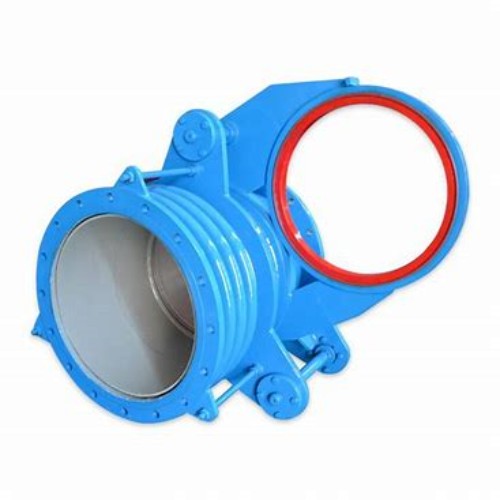joint expansion rubber
Joint Expansion Rubber An Essential Component in Modern Construction
In the realm of construction and infrastructure, managing the effects of temperature fluctuations, environmental conditions, and structural movement is crucial to ensuring the longevity and safety of structures. One key technology employed to address these challenges is joint expansion rubber. This specialized material is designed to accommodate movements within building joints, ensuring the structural integrity and performance of various constructions.
Understanding Joint Expansion Rubber
Joint expansion rubber, often referred to as expansion joints or rubber seals, is produced from high-quality elastomers. These materials are specifically engineered to be durable and flexible, allowing them to absorb and adapt to dynamic changes in temperature, humidity, and pressure. As materials expand or contract with heat and cold, joint expansion rubber acts as a buffer, preventing stress build-up that could lead to cracks, leaks, or even structural failure.
Applications in Construction
The applications of joint expansion rubber are numerous and span various sectors within the construction industry. One of the primary uses is in pavement and road construction. Roads are subjected to constant temperatures, and without proper expansion joints, the asphalt can crack or buckle. By incorporating joint expansion rubber into pavement systems, engineers ensure that the road surface can flex without causing damage, thereby extending its lifespan.
In building construction, expansion joints are critical in areas such as bridges, high-rise buildings, and stadiums. These structures face different temperatures and environmental stresses that can result in movement. The use of joint expansion rubber in these scenarios allows for the safe and effective management of stress and movement, preventing damage to the building and providing safety for its occupants.
Additionally, joint expansion rubber is essential in the installation of facades, where different materials are used, and variations in thermal expansion rates can cause issues
. By installing rubber joints, builders can minimize the risks associated with these differential movements.Benefits of Joint Expansion Rubber
joint expansion rubber

The advantages of employing joint expansion rubber in construction are manifold. Firstly, the material offers significant flexibility, allowing it to accommodate various types of movements without losing its integrity. This flexibility not only protects the structure but also enhances its aesthetic appeal by providing a seamless look at the joints.
Secondly, joint expansion rubber is resistant to environmental factors such as UV radiation, ozone, and moisture. This resistance ensures that the material does not degrade over time, providing long-term performance and reducing maintenance costs. In addition, many types of joint expansion rubber are designed to be resistant to chemicals, making them suitable for various industrial applications where exposure to harsh substances is a concern.
Another notable benefit is the ease of installation. Joint expansion rubber can be manufactured in custom sizes and shapes, making it adaptable to many construction scenarios. This adaptability simplifies the construction process and allows contractors to save time and resources.
Future Innovations
As technology advances, the materials and manufacturing processes used for joint expansion rubber are also evolving. The development of smart materials that can actively respond to environmental changes is on the horizon. These innovations could lead to even more effective solutions for managing structural movements and improving the overall durability of constructions.
Moreover, the growing focus on sustainability in construction is inspiring manufacturers to explore eco-friendly materials and production methods for joint expansion rubber. This shift not only meets the demand for greener construction practices but also ensures that buildings and infrastructures are more resilient to the impacts of climate change.
Conclusion
Joint expansion rubber is a vital component in modern construction, playing a crucial role in maintaining the structural integrity and longevity of buildings and infrastructure. Its unique properties allow it to accommodate movement caused by thermal expansion, environmental conditions, and other stresses, thus preventing potential damage. As the construction industry continues to evolve with technological advancements and sustainability initiatives, the importance of reliable and effective materials like joint expansion rubber will only grow. Through its continued use and innovation, we can ensure safer, more durable, and more resilient structures for future generations.
-
Reliable Hydraulic Valves for Efficient Fluid ControlNewsAug.29,2025
-
Reliable Electric Actuators for Industrial Valve AutomationNewsAug.29,2025
-
Premium Line Blind Valves for Secure Pipeline IsolationNewsAug.29,2025
-
Premium Electric Valves for Smart Fluid Control SolutionsNewsAug.29,2025
-
Precision Balanced Valves for Optimal System PerformanceNewsAug.29,2025
-
Heavy-Duty Flanged Butterfly Valves for Water SystemsNewsAug.29,2025
-
Reliable Wafer Type Butterfly Valve - Durable & Space-Saving DesignNewsAug.29,2025




